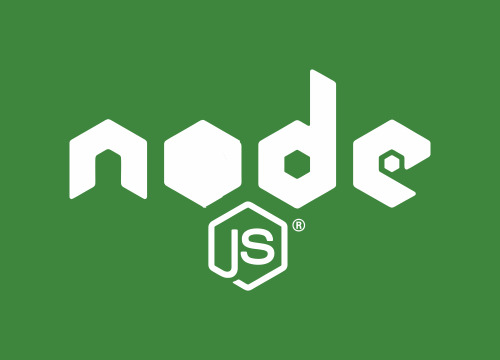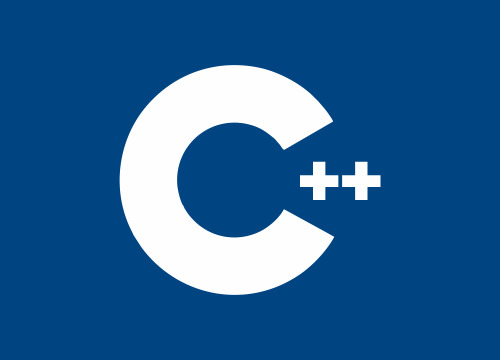Mean Stack Training : Step By Step For Beginners

Mean Stack Overview
MEAN stack is a user friendly JavaScript framework which is used to develop web applications. Mean stands for MongoDB, Express JS, Angular JS and Node.Js. Mean is an end- to –end Javascript used for cloud – ready applications.
We Offer
- Classroom Training
- Online Training
- Corporate Training
- Weekend Training
- One to One Training
- Final Year Project Training
Mean Stack Includes
- Theory & Practical Session
- Real-time Practice
- Exclusive Materials
- Course Completion Certificate
- Support
- Job Assistance
Mean Stack Training Course Content
Node js
- Advantages & Features
- Environment Setup
- Visual Studio Code Tour
- Hello World
- Node REPL
Introduction
- Http Module
- Create Server
- Render Response
- Read HTML file Server
- Routing
- JSON Response
- Get Post Form
Work with HTTP
- How to Use Module
- Types of Module
- Core Module
- Local Modules
- Module.exports
Module
- http
- url
- querystring
- path
- fs
- utli
- os
Core Module
- Create File
- Read File
- Append File
- Delete File
- Rename File
File System
- Event Emitter
- Create Events
Events
- Node Package Manager
- Package.json Configuration
- Global vs. local package installation
- Npm command
NPM
- Nodemon
- NodeMailer
- Upper-case
Npmjs
Express JS
- What is Express?
- What is MVC?
- Download and Install
Introduction
- Introduction
- Package.json
- Package Download
- Npm Command
NPM
- Create Server
- HelloWorld
- Routing
- Express Middleware
- Nodemon
- Static file Load
Web Server
- Setup
- Create New Project
- Directory Structure
- Hello World
Express Generator
- Define Routes
- Handling routes
- Render views
- Http methods
- Routing with parameter
Routes
- Ejs template engine
- Handle bars
- Layout Extends
Template Engine (Views)
- Retrieving Input
- Get Post Method
- Validation
- File Upload
- Mail Send
User Input
- Accessing Data
- Storing Data
- Deleting Data
Session Cookie
- Connection
- Create
- Read
- Update
- Delete
- Authentication
Database
- API Introduction
- Postman tool
- CRUD Operation
- Npm core
Rest API
- Development
- Deployment
- Certificate
Mini Project
Angular
- What is Angular Platform
- Angular Advantage
- Environment Setup
- Setup angular project
Introduction
- What is NPM ?
- Package.json
- Install Module
Node Package Manager
- What is Typescript
- Typescript Classes
- Interface
- Inheritance
- Constants and scoped variables
- Arrow function
- Template String
- Modules
Basics of Typescript
- Create Project
- Directory Structure
- LifeCycle
- JSX Introduction
First Angular App
- Creating Components
- Component Lifecycle
- Passing data to nested component
- Styling a Component
- Bootstrap
Components
- Templating
- Interpolation
- Property Binding
- Event Binding
- One way Data Binding
- Two way Data Binding
Angular Fundamentals
- Attribute Directives
- ngStyle,ngClass
- Structural Directives
- ngIf,ngFor,ngSwitch
- ng-template, ng-model, ng-repeat
Directives
- Angular router
- Router configuration
- Router outlets
- RouterLink
- Route Guard
- Route parameters
- Defining Child Routes
- Activating a Route with code
- Template Integration
Routing & Navigation
- Using inbuilt pipes
- Creating custom pipes
Pipes
- Form Introduction
- Template Driven forms
- Reactive Forms
- Building a Bootstrap Form
- Form validations
- Creating custom validations
Forms
- Building Service
- Registering the service
- Service dependency Injection
- Observables
Services
- Api Introduction
- Postman tool
- Fetch API Data
- Send Data to Api
- CRUD
Http
- Why Modules?
- Creating a Feature module
- Adding component, pipes and services
- Creating a Shared module
- Injecting and accessing Shared module’s Components, Pipes & Services
- Lazy loading module
- Angular Animation
- Angular Material
Modules
- Development
- Deployment
- Certificate
Mini Project
Mongo DB
- What is NoSQL?
- Why NoSQL?
- Difference Between RDBMS and NoSQL Databases
- Features of MongoDB
- Benefits of MongoDB
- Types of MongoDB
- Key-Value Database
- Document Database
- Column-Based Database
- Schema Design and Modeling
Introduction
- Env setup.
- Installation of MongoDB on windows and Unix OS.
- Start MongoDB
- Stop MongoDB
- MongoDB Help
Setup
- Create Database
- Drop Database
- Create Collection
- Drop Collection
- Data Types
- Insert Document/Record
- Update Document/Record
- Delete Document/Record
- Retrieving the documents
- Projection in MongoDB
- Batch Insert in MongoDB
- Ordered Bulk Insert and Unordered Bulk Insert
- Inserts: Internals and Implications
- Specify Equality Condition
- $in, “AND” Conditions
- $or Operator
- Specify AND/OR Conditions
- Regular Expression
- Array Exact Match
- Array Projection Operators
- $Where Query
- Cursor
- Pagination
- Advance query option
- $SET
- $Unset and $inc Modifiers
- $Push and $addToSet
- Positional Array Modifications
Basic Operations in MongoDB – Developer Guide
- JSON
- BSON
- MongoDB Structure
- Document Store Example
- MongoDB as a Document Database
- Transaction Management in MogoDB
- Easy Scaling
- Secondary Indexes
- Replication
- Memory Management
- Replica Set
- Auto Sharding
- Aggregation and MapReduce
- Collection and Database
Admin Guide – Part 1 - Basic
- Introduction to Indexing
- Types and Properties of Index
- Sort Order
- Text Indexes
- Text Search
- Index Creation
- Index Creation on Replica Set
- Remove, Modify, and Rebuild Indexes
- Listing Indexes
- Measure Index Use
- Control Index Use
- Index Use Reporting
- Geospatial Indexes
- MongoDB’s Geospatial Query Operators
- Aggregation
- Pipeline Operators and Indexes
- Aggregate Pipeline Stages
- apReduce
- Aggregation Operations
Admin Guide – Part 2 - Indexing and Aggregation
We can also customize course content as per your need.
Mean Stack Training Certificate

Watch Node JS Free Webinar
Watch Angular Free Webinar
Frequently Asked Questions
Sure,you can attend free demo lectures.
Yes, You Can Pay Fees Via EMI.
Yes. On every Saturday and alternate Sunday morning I have batches for developers who want to learn on weekend.
Yes,We will give a Certificate.
Sure we can adjust training session as per your requirement.




















